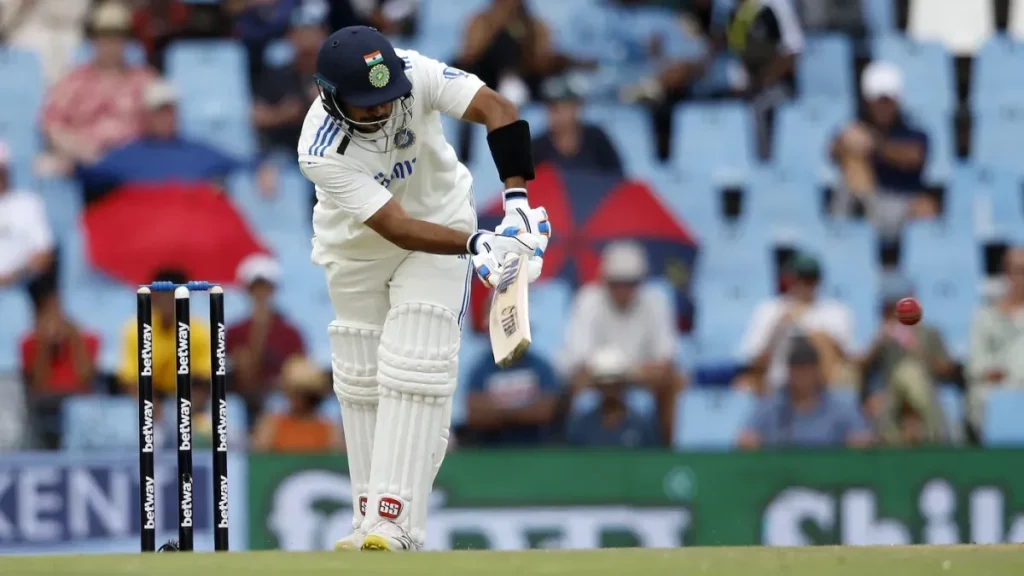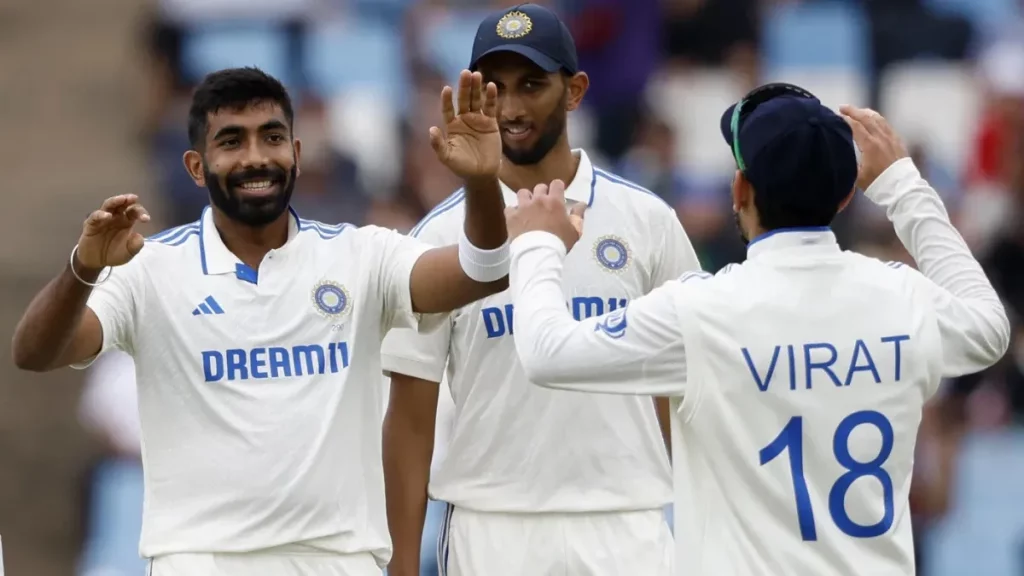Despite two late wickets by India, Dean Elgar’s first century at Centurion set the tone for South Africa’s overpowering batting effort on Wednesday. The hosts had an 11-run advantage over India despite losing only five wickets on the second day, which was cut short owing to terrible weather conditions—bad light being the reason.
The day started well for the visitors, with KL Rahul reaching possibly his highest Test century before being removed by Nandre Burger. On his debut, the bowler took his third wicket of the innings. Despite the difficult surface, Rahul’s effort contributed to the visitors’ decent score of 245.
Here are three blunders India committed on Day 2 of the first SA versus IND 2023 Test:
3. Lack of discipline with the ball

On a pitch that aided the seamers, 245 appeared to be a par total. India got off to a good start with to Jasprit Bumrah and Mohammed Siraj, but Prasidh Krishna and Shardul Thakur lost control and let South Africa to run away with the match.
South Africa rattled away in the second session, scoring 145 runs for the cost of only two wickets. It was possibly the most average the bowling looked since their underwhelming performance in the Lord’s 2018 Test.
2. Shardul Thakur disappoints

Shardul Thakur began his career in Australia as a prominent player, scoring resilient runs in difficult situations, bowling with freedom to attack, and consistently coming out on top. In his first six Tests, he took 24 wickets at an outstanding 20.33 average.
However, despite playing in conditions that suit seam bowling, his average for his six wickets has grown to 58 in following outings. He kept slipping down the leg side much too often and gave up more than four runs per over. If he does not get any wickets in this match, his position will be under scrutiny after the Test series.
1. Curious tactics with the ball after Lunch

In a baffling move, Rohit Sharma began the second session with Shardul Thakur and debutant Prasidh Krishna, deviating from the traditional approach of starting each session with the two most likely wicket-taking bowlers. Despite the lead bowlers having only a brief half-hour break before lunch in the first session, the subsequent 70-minute interval should have provided ample time for them to rejuvenate and reap the rewards for their earlier efforts.
Considering that India have not played a Test in five months and Jasprit Bumrah has been absent for a year and a half, the team might have aimed to gradually reintroduce their bowlers to their full workload. It could have been beneficial to have at least one of the two top bowlers commence the session. By the time Bumrah regained control, the bowlers had conceded 42 runs in eight overs at a critical juncture in the Test.



